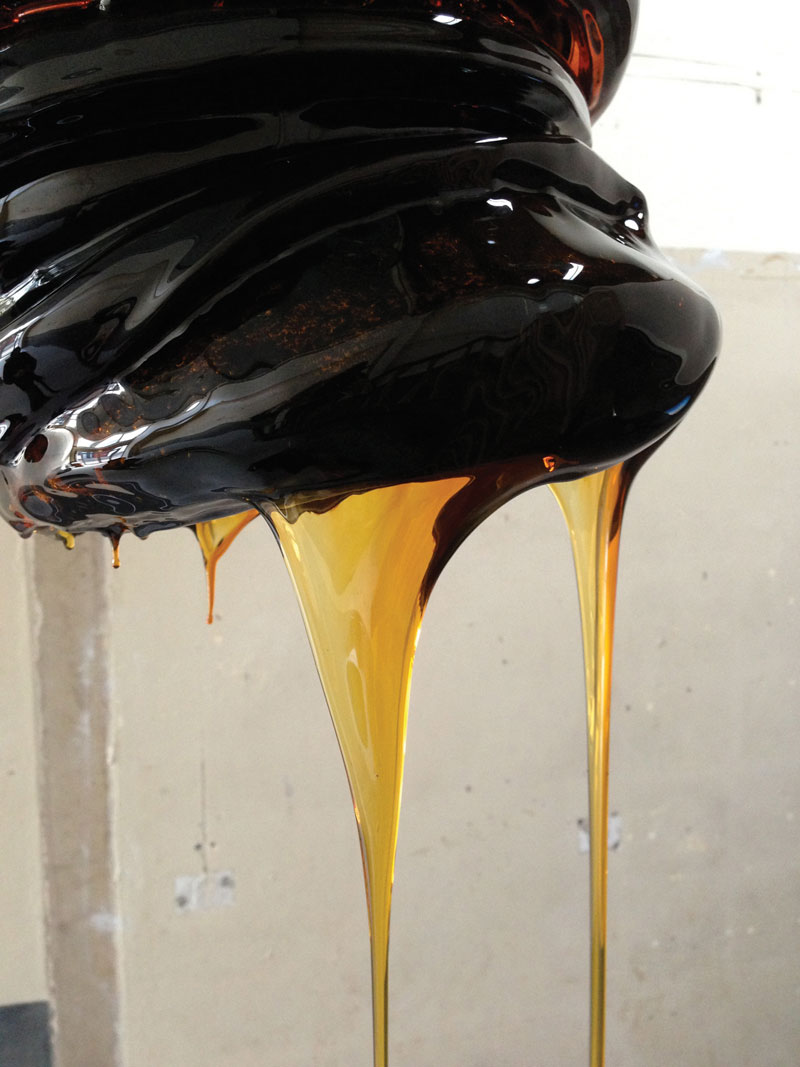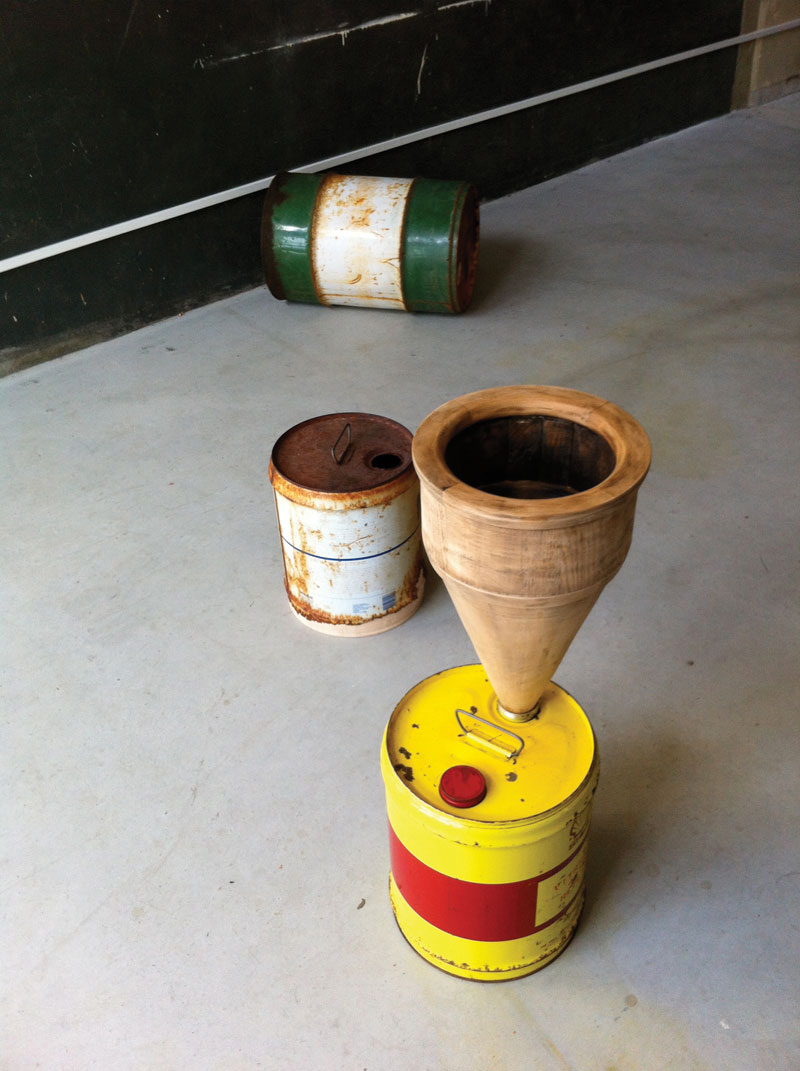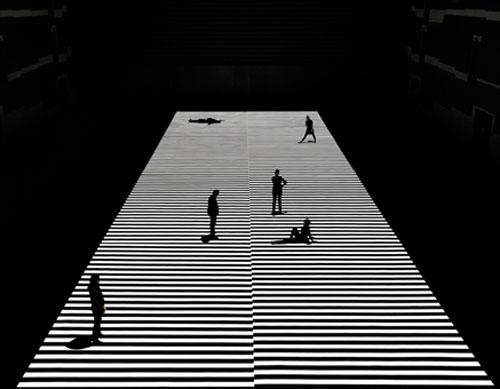
Dualism suggests a state by which two parts are co-dependent while remaining at a point of contention. One is not complete without the other, yet they are predestined to exist in opposition – additive and subtractive, upward and downward, inward and outward.
Coincidentally, Outward is the name of one of Tasmania’s most transformative art spaces. The brainchild of Brett Jones, Sarah Stubbs, Stephan Loo and Marie Sierra, Outward is at the forefront of contemporary intervention between art and audience. Recently established to position itself outside the commercial gallery sector and the artist-run initiative, Outward exists to inhabit the experimental, performative and serendipitous practitioners and thinkers who are able to conform with its non-linear historical philosophy. In short, Outward is housed within a building located in a historical precinct with intentions that are anything but Outward is a contemporary space of unique creative interventions and this is where the work of Lucy Bleach and Colin Langridge convened in June to create Augmentor. Separate artists in their own right, Bleach and Langridge exhibited a small yet resolved selection of work that appealed to their individual interests around relationships towards powerful environmental volatility and ontological investigations respectively.
Langridge’s part in Augmentor brings historical links with the Outward building itself. The former history of the site as a 1920s motor garage is evoked with rusty drums and containers fused with altered meaning and redundant functionality. The artist has added wooden elements to the containers to address aspects of time and decay. Even without a brief statement outlining the concept of the works, Langridge presents us with enough fusion between fashioned wood and rusted metal to think about the relationships between them. Ultimately, his work is subject to the external forces upon the materials that will eventually transform them yet again. From function to dysfunction and back to function as another entity entirely, the artist elevated the vessels he exhibited to a place where cultural contexts made us question not what they held, but what they are (concurrently then and now).

Like Langridge, Lucy Bleach explores aspects of time, not in decay, but in collision and collapse. Beautiful, mysterious and loaded with anticipation, her work is an event of which only parts could be consumed in one sitting. The work titled Pitch projected a still from a 1929 experiment onto a tray of heat-activated moving black liquid. While the inspiration for Pitch is a fascinating long-term study demonstrating the viscosity of bitumen, the artist introduced the viewer to the science behind strain and the inevitability of natural forces. Bleach replicates the experiment with Lag, a stack of toffee discs suspended from the tall ceiling of Outward. The seemingly solid discs are affected by heat and gravity and over the duration of the exhibition slowly liquefy onto the concrete floor below.
Chance encounters, fragility, and the power of natural forces were reiterated with Bleach’s public-domain-sourced projection of a meteor entering the atmosphere over Russia. The compiled footage was captured by motorists on ever-increasing dashboard cameras and provided an intriguing viewpoint to the event from an everyday perspective.
Curious and compelling, Augmentor presented works that suggested underlying complexity through the artists’ exploration of their personal relationships to place, space, objects and time.












